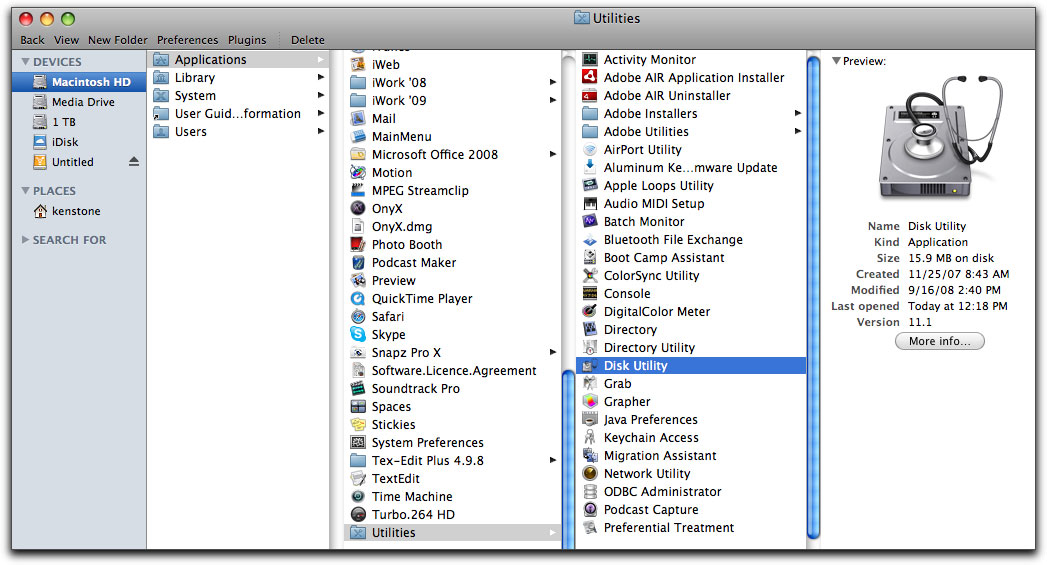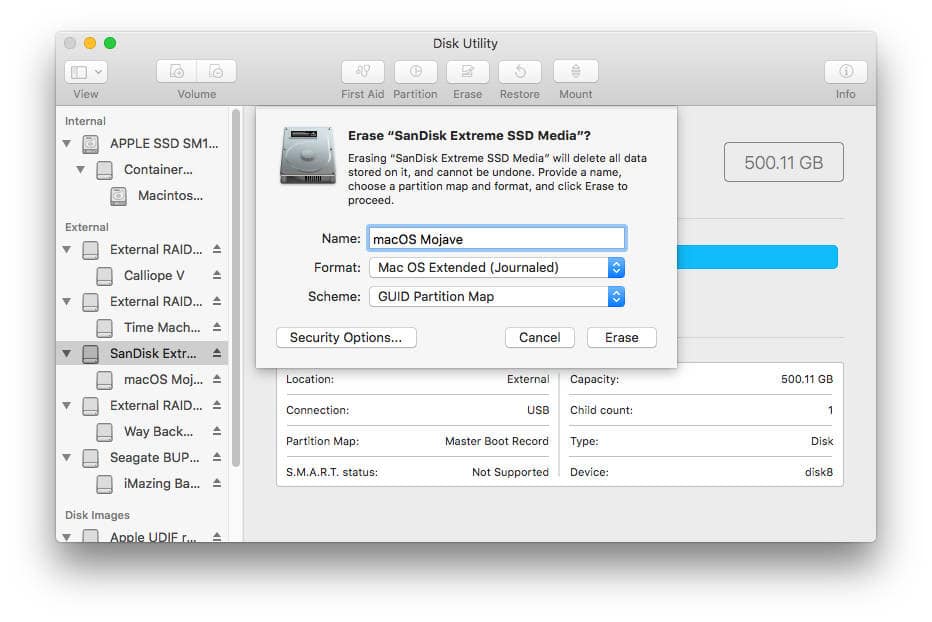The Drum Broker returns with the next Volume of Jake One's Wildly Popular 'Snare Jordan' Drum Kit Series. Jake One - Snare Jordan Vol. 7 contains the signature Kicks, Snares, Hats, Drum Loops and Percussion loops programmed by Jake One that have made The Snare Jordan Series one of the most anticipated and highly rated drum kits to date. Jake one snare jordan free download version. The official collections of Jake One. These are Jake One's signature drum & sample collections featuring some of the finest synth and drum samples. No stock sounds. Featuring Snare Jordan. Jake One is finally back with another Snare Jordan Drum Kit! All Drum Samples and Sounds are processed through the SSL and Jake One's ASR-10 sampler for the warm sound that Jake One's productions are known for. Snare Jordan drum kits have been used on songs from artists ranging from Drake, J Cole, Rick Ross among many others. Features: 40 Kicks.
Disk Utility can find and repair errors related to the formatting and directory structure of a Mac disk. Errors can lead to unexpected behavior when using your Mac, and significant errors might even prevent your Mac from starting up completely.
Before proceeding, make sure that you have a current backup of your Mac, in case you need to recover damaged files or Disk Utility finds errors that it can't repair.
Eos webcam utility beta LET US HELP YOU STAY CONNECTED With so many of us relying on video calls to stay connected during these challenging times, the quality of that connection is key. Browse and download Utilities apps on your iPad, iPhone, or iPod touch from the App Store. The App Store has a wide selection of Utilities apps for your iOS device.
Open Disk Utility
Start up from macOS Recovery, then select Disk Utility from the Utilities window. Click Continue.
If you're not repairing the disk your Mac started up from, you don't need to start up from macOS Recovery: just open Disk Utility from the Utilities folder of your Applications folder. Semc s1 unlock tool crack.
Locate your disk in Disk Utility
Choose View > Show All Devices (if available) from the menu bar or toolbar in Disk Utility.
The sidebar in Disk Utility should now show each available disk or other storage device, beginning with your startup disk. And beneath each disk you should see any containers and volumes on that disk. Don't see your disk?
In this example, the startup disk (APPLE HDD) has one container and two volumes (Macintosh HD, Macintosh HD - Data). Your disk might not have a container, and it might have a different number of volumes.


Repair volumes, then containers, then disks
For each disk that you're repairing, start by selecting the last volume on that disk, then click the First Aid button or tab.
In this example, the last volume on the disk is Macintosh HD - Data.
Click Run to begin checking the selected volume for errors.

- If there is no Run button, click the Repair Disk button instead.
- If the button is dimmed and you can't click it, skip this step for the item you selected, and continue to the next item.
- If you're asked for a password to unlock the disk, enter your administrator password.

Repair volumes, then containers, then disks
For each disk that you're repairing, start by selecting the last volume on that disk, then click the First Aid button or tab.
In this example, the last volume on the disk is Macintosh HD - Data.
Click Run to begin checking the selected volume for errors.
- If there is no Run button, click the Repair Disk button instead.
- If the button is dimmed and you can't click it, skip this step for the item you selected, and continue to the next item.
- If you're asked for a password to unlock the disk, enter your administrator password.
After Disk Utility is done checking the volume, select the next item above it in the sidebar, then run First Aid again. Keep moving up the list, running First Aid for each volume on the disk, then each container on the disk, then finally the disk itself.
In this example, the repair order is Macintosh HD - Data, then Macintosh HD, then Container disk2, then APPLE HDD.
Mac Utilities Menu
If Disk Utility found errors that it can't repair
If Disk Utility found errors that it could not repair, use Disk Utility to erase (format) your disk.
Utilities Macbook
If your disk doesn't appear in Disk Utility
If Disk Utility can't see your disk, it also can't see any containers or volumes on that disk. In that case, follow these steps:
- Shut down your Mac, then unplug all nonessential devices from your Mac.
- If you're repairing an external drive, make sure that it's connected directly to your Mac using a cable that you know is good. Then turn the drive off and back on.
- If your disk still doesn't appear in Disk Utility, your disk or Mac might need service. If you need help, please contact Apple Support.
